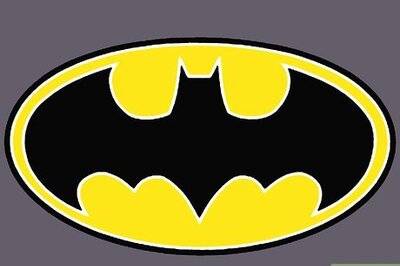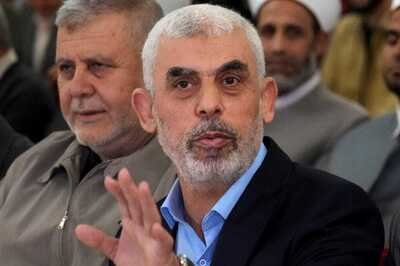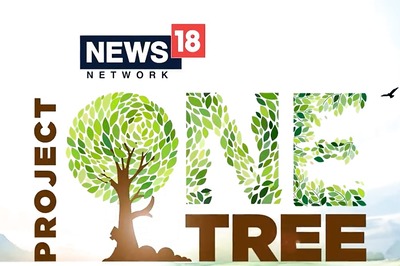
views
Washington: The Federal Reserve this week will most likely cut interest rates for the first time since 2008, when the economy was mired in a deep recession, as the central bank tries to keep a record economic expansion from petering out.
The expected change, while likely to be small, will end an era of gradual rate increases intended to return the economy to a more “normal” state in the wake of the Great Recession, when the Fed slashed rates to near zero as it tried to rescue the economy. The Fed’s approach has largely worked — the U.S. economy is growing, unemployment is at a 50-year low and wages are slowly rising.
But a rate cut at this moment in the cycle sends a signal: The current economy could be as good as it gets.
The Fed’s move Wednesday may cheer President Donald Trump, who has jawboned the central bank for a year over its 2018 rate increases, saying the economy would have gone up “like a rocket” had the Fed not gotten it wrong.
But the Fed, which operates independently of the White House, is likely to make a move driven by precaution, not politics.
While the US economy continues to chug along, cracks are beginning to show. Manufacturing gauges, which often lead the rest of the economy, are slumping across the world. Business investment and confidence have suffered under Trump’s trade spats and tariffs. A potent recession indicator is flashing red — rates on 10-year bonds have been lower than those on 3-month government securities, a sign that investors are pessimistic about the future.
The Fed’s target interest rate stands between 2.25 and 2.50%, roughly half of its 5.25% level before the financial crisis, leaving the central bank with limited room to act in the event of a recession.
“It’s much more fragile,” Diane Swonk, chief economist at Grant Thornton, said of the economy, explaining that consumers and businesses should be “euphoric” this late in a cycle but are not.
That reflects “the uncertainty, and the scars — we still have scars from the crisis,” she said.



















Comments
0 comment